
How to Use ESP32-C3-DevKitM-1: Examples, Pinouts, and Specs
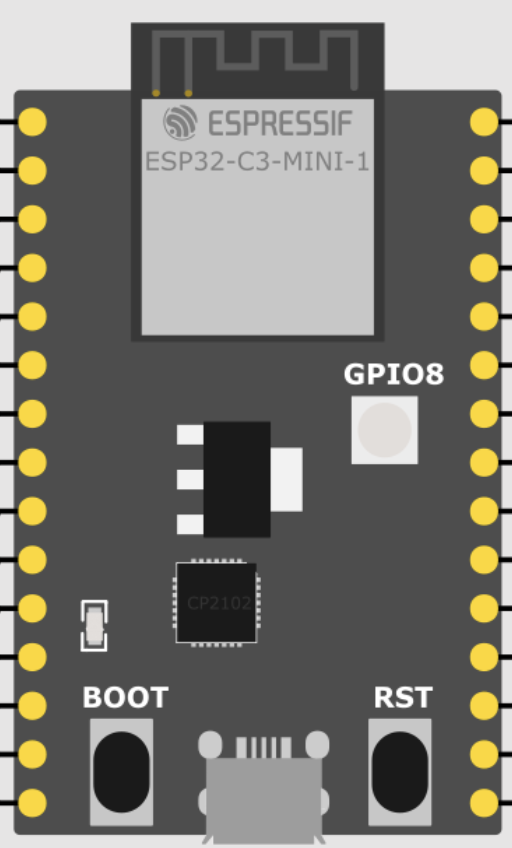
 Design with ESP32-C3-DevKitM-1 in Cirkit Designer
Design with ESP32-C3-DevKitM-1 in Cirkit DesignerIntroduction
The ESP32-C3-DevKitM-1 is a small-sized, feature-rich development board based on the ESP32-C3 RISC-V microcontroller. This board is specifically designed for Internet of Things (IoT) applications, offering both Wi-Fi and Bluetooth Low Energy (BLE) connectivity. It is an ideal choice for smart home devices, industrial automation, wearable electronics, and other wireless control systems.
Explore Projects Built with ESP32-C3-DevKitM-1
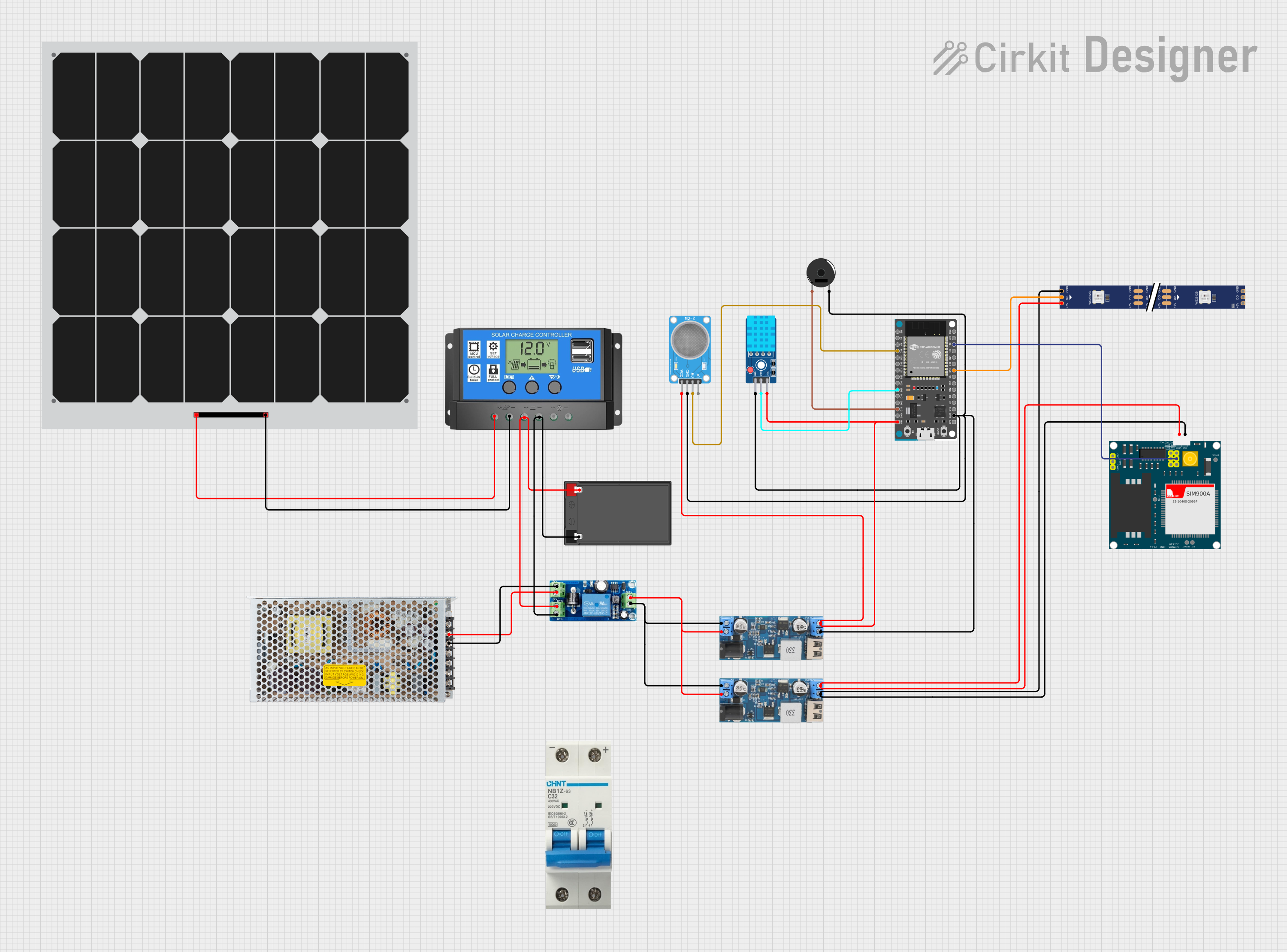
 Open Project in Cirkit Designer
Open Project in Cirkit Designer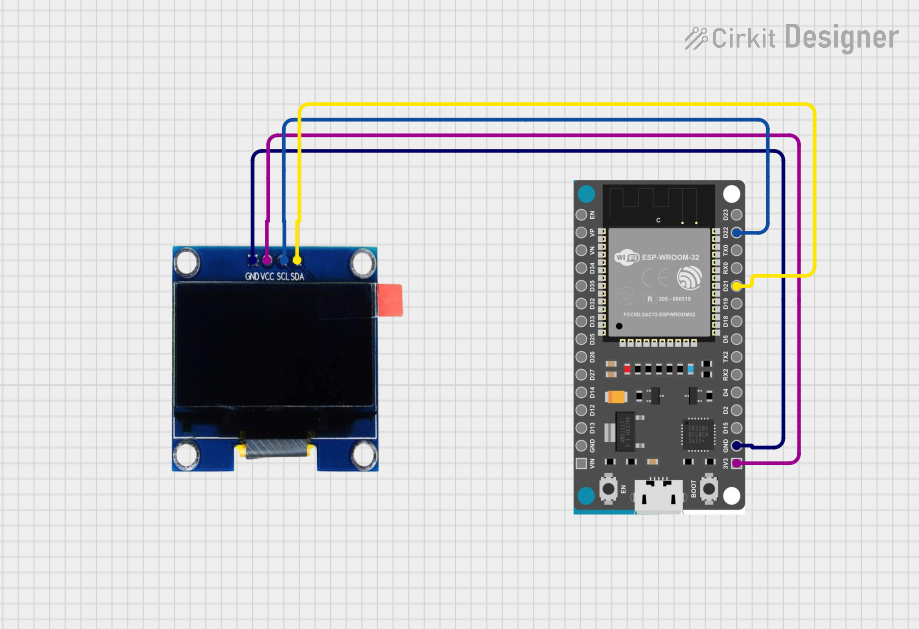
 Open Project in Cirkit Designer
Open Project in Cirkit Designer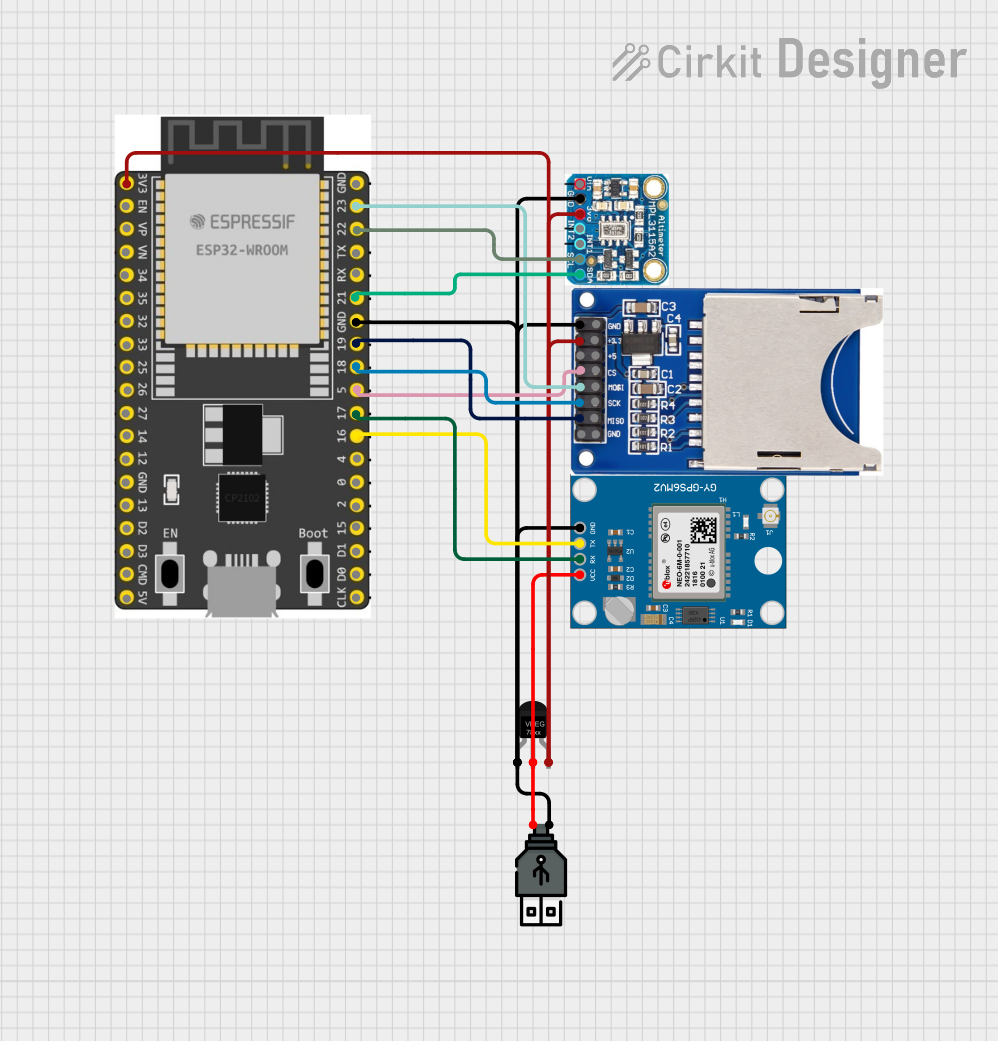
 Open Project in Cirkit Designer
Open Project in Cirkit Designer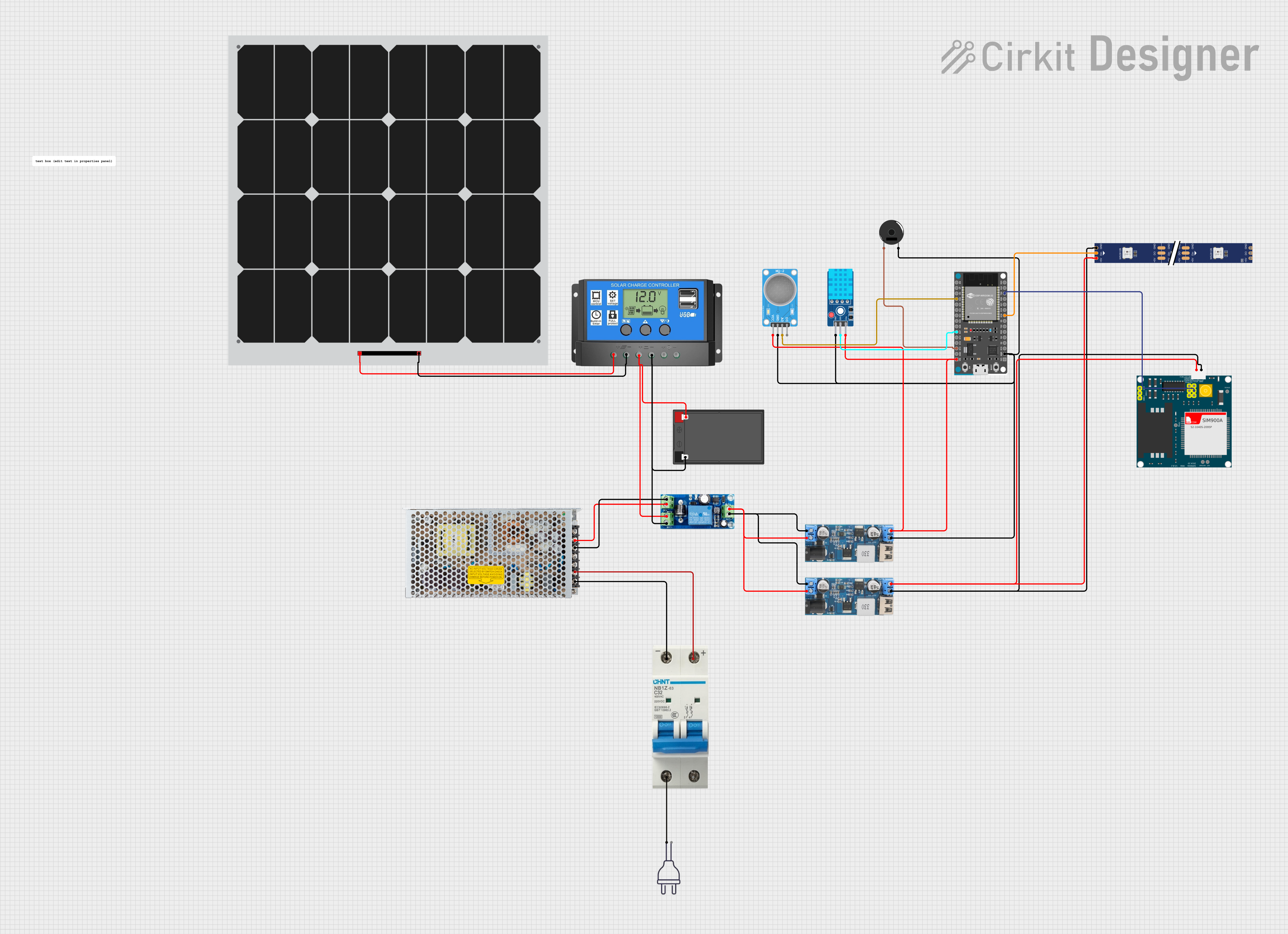
 Open Project in Cirkit Designer
Open Project in Cirkit DesignerExplore Projects Built with ESP32-C3-DevKitM-1

 Open Project in Cirkit Designer
Open Project in Cirkit Designer
 Open Project in Cirkit Designer
Open Project in Cirkit Designer
 Open Project in Cirkit Designer
Open Project in Cirkit Designer
 Open Project in Cirkit Designer
Open Project in Cirkit DesignerCommon Applications and Use Cases
- Smart home devices (lighting, security systems, thermostats)
- Industrial automation and monitoring
- Wearable electronics
- Wireless sensor networks
- IoT prototyping and development
Technical Specifications
Key Technical Details
- Microcontroller: ESP32-C3 RISC-V single-core 32-bit LX6 microprocessor
- Operating Voltage: 3.3V
- Input Voltage: 5V via micro-USB port
- Current Consumption: ~10 mA (idle), up to 500 mA (Wi-Fi transmission)
- Flash Memory: 4 MB
- SRAM: 400 KB
- Wi-Fi: 802.11 b/g/n (2.4 GHz)
- Bluetooth: v5.0 with BLE support
- GPIO Pins: 22
- UARTs: 2
- SPIs: 2
- I2Cs: 1
- ADC Channels: 6 (12-bit resolution)
- DAC Channels: 2 (8-bit resolution)
- PWM Channels: 8
- Temperature Sensor: On-chip sensor
Pin Configuration and Descriptions
| Pin Number | Function | Description |
|---|---|---|
| 1 | 3V3 | 3.3V power supply |
| 2 | GND | Ground |
| 3 | EN | Reset pin, active low |
| 4 | IO0 | General-purpose input/output, bootstrapping |
| ... | ... | ... |
| n | IO21 | General-purpose input/output |
Note: This is a simplified representation. Please refer to the official datasheet for the complete pinout.
Usage Instructions
How to Use the Component in a Circuit
Powering the Board:
- Connect the micro-USB port to a 5V USB power source.
- Ensure that the power supply can provide sufficient current for the board and any connected peripherals.
Connecting to Wi-Fi:
- Use the provided libraries to connect the ESP32-C3 to a Wi-Fi network.
- Ensure that the antenna is positioned for optimal signal strength.
Programming the Board:
- Install the required drivers and the ESP-IDF or Arduino IDE on your computer.
- Use a micro-USB cable to connect the board to your computer.
- Select the appropriate board and port in your IDE.
Interfacing with GPIO Pins:
- Connect sensors, actuators, or other peripherals to the GPIO pins.
- Configure the pins as input or output according to your needs.
Important Considerations and Best Practices
- Always disconnect the board from power before making or altering connections.
- Use a logic level converter if interfacing with components that operate at a different voltage.
- Avoid drawing more current from the GPIO pins than the specified limit.
- Ensure proper static discharge precautions when handling the board.
Troubleshooting and FAQs
Common Issues Users Might Face
- Board not powering up: Check the USB cable and power source. Ensure the EN pin is not being pulled low inadvertently.
- Cannot connect to Wi-Fi: Verify the network credentials and signal strength. Check if the antenna is properly connected and positioned.
- Problems with uploading code: Ensure the correct drivers are installed, and the board is selected in the IDE. Check the USB cable and port.
Solutions and Tips for Troubleshooting
- If the board does not power up, try a different USB cable and power source.
- For Wi-Fi issues, try moving the board closer to the router or using an external antenna if available.
- If you have trouble uploading code, double-check the boot mode and ensure that GPIO0 is pulled low during a reset to enter the bootloader.
Example Code for Arduino UNO
#include <WiFi.h>
// Replace with your network credentials
const char* ssid = "your_SSID";
const char* password = "your_PASSWORD";
void setup() {
Serial.begin(115200);
// Connect to Wi-Fi
WiFi.begin(ssid, password);
while (WiFi.status() != WL_CONNECTED) {
delay(500);
Serial.println("Connecting to WiFi...");
}
Serial.println("Connected to WiFi");
}
void loop() {
// Your code here
}
Note: This example demonstrates how to connect the ESP32-C3-DevKitM-1 to a Wi-Fi network. Ensure that you have the ESP32-C3 board support installed in the Arduino IDE before uploading this sketch.